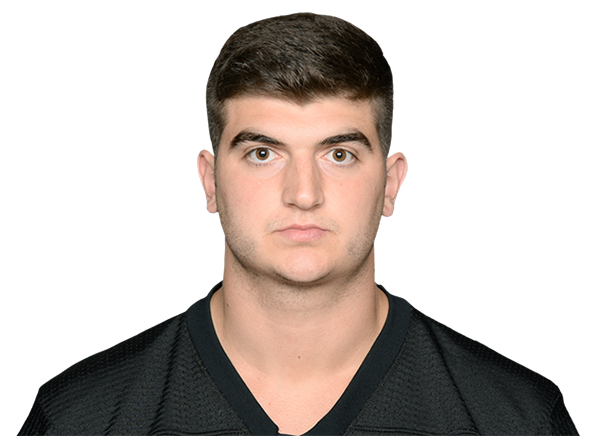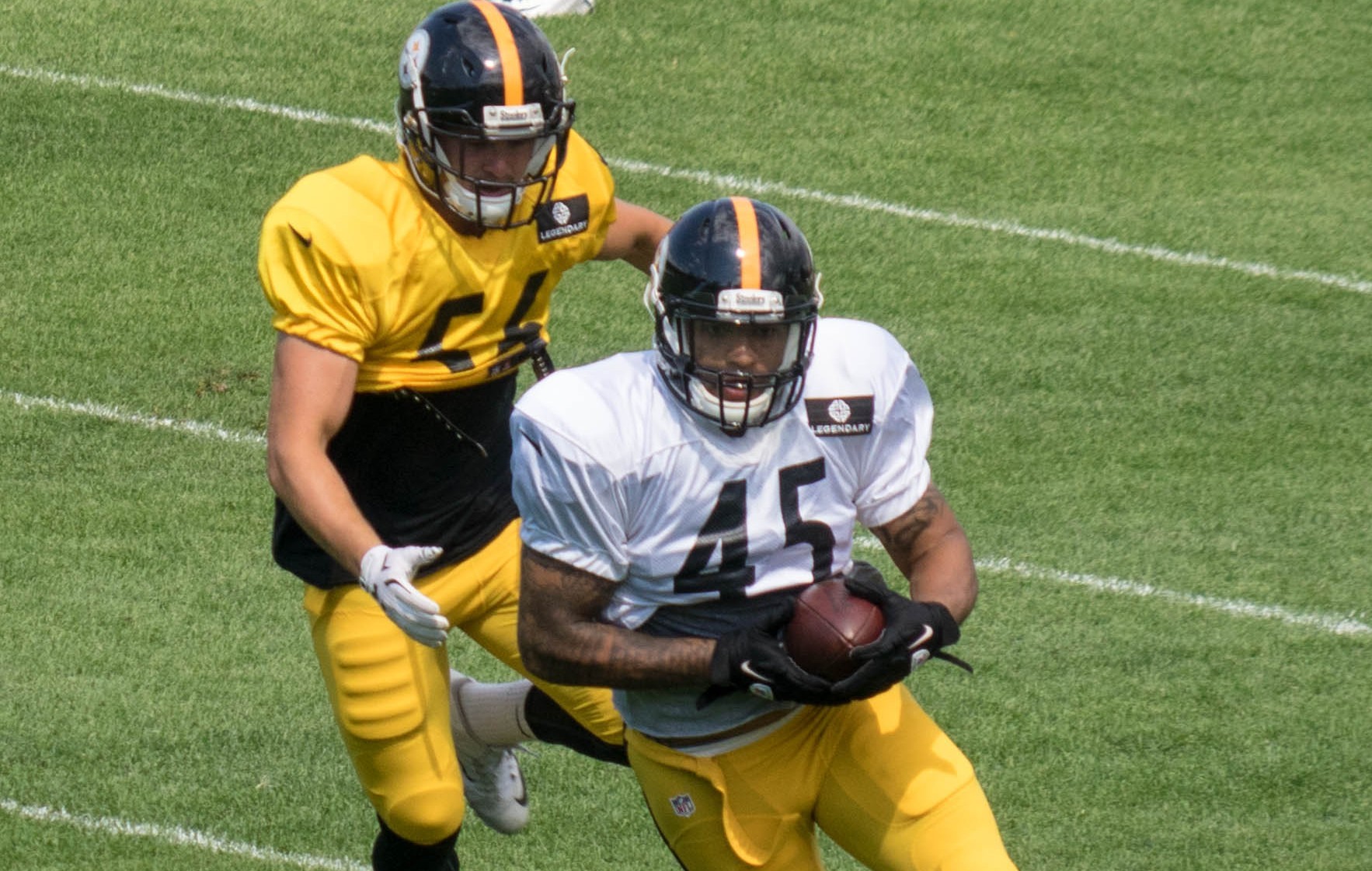It’s said a draft class can’t be fully graded until at least three years after the picks are made. That’s why after submitting grades for every Pittsburgh Steelers pick made in 2021, I began going back through and grading previous Steeler draft classes beginning with 2018. Today completes the fifth class in that exercise, with the Steelers’ seventh-round pick in the 2014 NFL Draft: Rob Blanchflower, a tight end from Massachusetts.
This exercise follows the six viewpoints (listed below) for examining and re-grading a pick. Each of the first five viewpoints gets examined and assigned a letter grade, before taking that analysis and combining it into a final letter grade. Those five viewpoints comprise much of what goes into the draft grades consumed by so many every year after the draft.
Steelers’ Career: What did the player contribute to the team that drafted him?
NFL Career: Did the player make the pick look better in hindsight after leaving Pittsburgh?
Pick Value: Did the player outperform his draft slot? Did he fail to live up to the pick used on him?
Positional Value: Was the player the best player remaining at his specific position in the draft?
Other Options: Did any players go during the next round that were better selections?
Overall Grade: A final mark to denote whether the selection was an overall positive one, or one better spent elsewhere.
Each factor in a retrospective doesn’t apply evenly to every pick made; consider the grades weighted. For example, to return a high grade in pick value, a first-round pick should have a long and impactful career, while a later-round pick needs only a couple seasons as a back-up or modest contributor to be worth the selection used on him.
Some factors are universal, though. Whether picked first overall or 259th, there will always be other options on the board to compare the player to, and steals and reaches can come from any place in the draft.
Round 7, Pick 15: Rob Blanchflower, TE, Massachusetts
STEELERS & NFL CAREER: N/A
Of all the players profiled in these retrospectives, now running for the entirety of the 2014-2018 draft classes, Blanchflower might be the smallest blip on the radar. Like many other seventh-rounders, Blanchflower never took the field for his drafting team. Pittsburgh took a flier on the UMass tight end, but Blanchflower failed to beat out Michael Palmer for the final tight end spot behind Heath Miller and Matt Spaeth.
He spent his entire rookie season on the practice squad, and got a second shot at making the team in camp in 2015. Injuries helped to ruin that chance, and he spent the season on the team’s injured reserve. Pittsburgh did not bring him back, and Blanchflower left the NFL after those two preseasons. He now owns a construction company back in Massachusetts.
PICK VALUE: F
This is a trend for the Steelers, as of the six seventh-round picks profiled in these retrospectives, Blanchflower is the fourth to earn this grade by default for never appearing in an NFL game after the franchise spent a draft pick on him. And like Joshua Frazier, Keion Adams, and Gerod Holliman, this is a grade of little consequence to the franchise’s draft plans, with how late the selection came.
POSITIONAL VALUE: B
Blanchflower was the final tight end drafted. Thirty tight ends signed as undrafted free agents. Of those 30, 10 had at least one reception in the NFL. Of those 10, only four had more than three catches in their careers. Leading the way was Ryan Hewitt, who converted to fullback and caught 23 passes. Leading in yardage is Eric Swoope, who had 297 career receiving yards. Also above 10 receptions are Scott Simonson and Justin Perillo. Only three tight ends made it to 2018 in the NFL. Pittsburgh could have picked any tight end remaining in the class and ended up with something close to the same result.
OTHER OPTIONS: D
Only 26 picks were left to go in the 2014 draft, but Pittsburgh had some long-term starters left on the board that could have been the pick over Blanchflower. Drafted 246th by Chicago, Charles Leno Jr. is no stranger to the 2014 retrospectives as an alternative for Pittsburgh, after a career that is over 100 games, with 94 career starts. Leno quickly signed with Washington after the Bears released him this offseason, and is on a streak of five straight seasons starting and playing all 16 games at left tackle. He made the Pro Bowl in 2018.
Going 235th overall to Oakland, Shelby Harris was as close to being out of the league entirely as he could have been in 2016. But Denver gave him a chance, and Harris played his way into a starting role on the interior of the Broncos’ defensive line, and is making almost $10 million per season on a new contract with the team. He and Leno are the big misses here.
Seven other players appeared in at least 30 games in their careers, almost all as depth players but still sticking around in the league to prove worth a seventh-round pick. Seantrel Henderson (237th, Buffalo) started 26 games at right tackle in his first two seasons for the Bills. And Terrance Mitchell, drafted 254th overall by Dallas with the third-to-last pick in the draft, is not only still playing cornerback in the NFL, but just earned his first full season as a starter in the league last year, with Cleveland.
OVERALL GRADE: F
Some seventh-round picks make it in the NFL. The majority make smaller contributions over their careers, and bounce around a few teams in search of chances to make regular season rosters year after year. And some are in and out of the league quickly without making a dent or jumping from team to team to try and keep their career going. Blanchflower is one of the latter names that came and went quickly, without making a huge dent. Maybe without injuries in the preseason he fights off Palmer to get a year on the Steelers’ active roster. But in retrospect, it’s a seventh-round miss by the Steelers that stings a little more given the alternatives of a borderline franchise left tackle and a quality defensive lineman still on the board.






